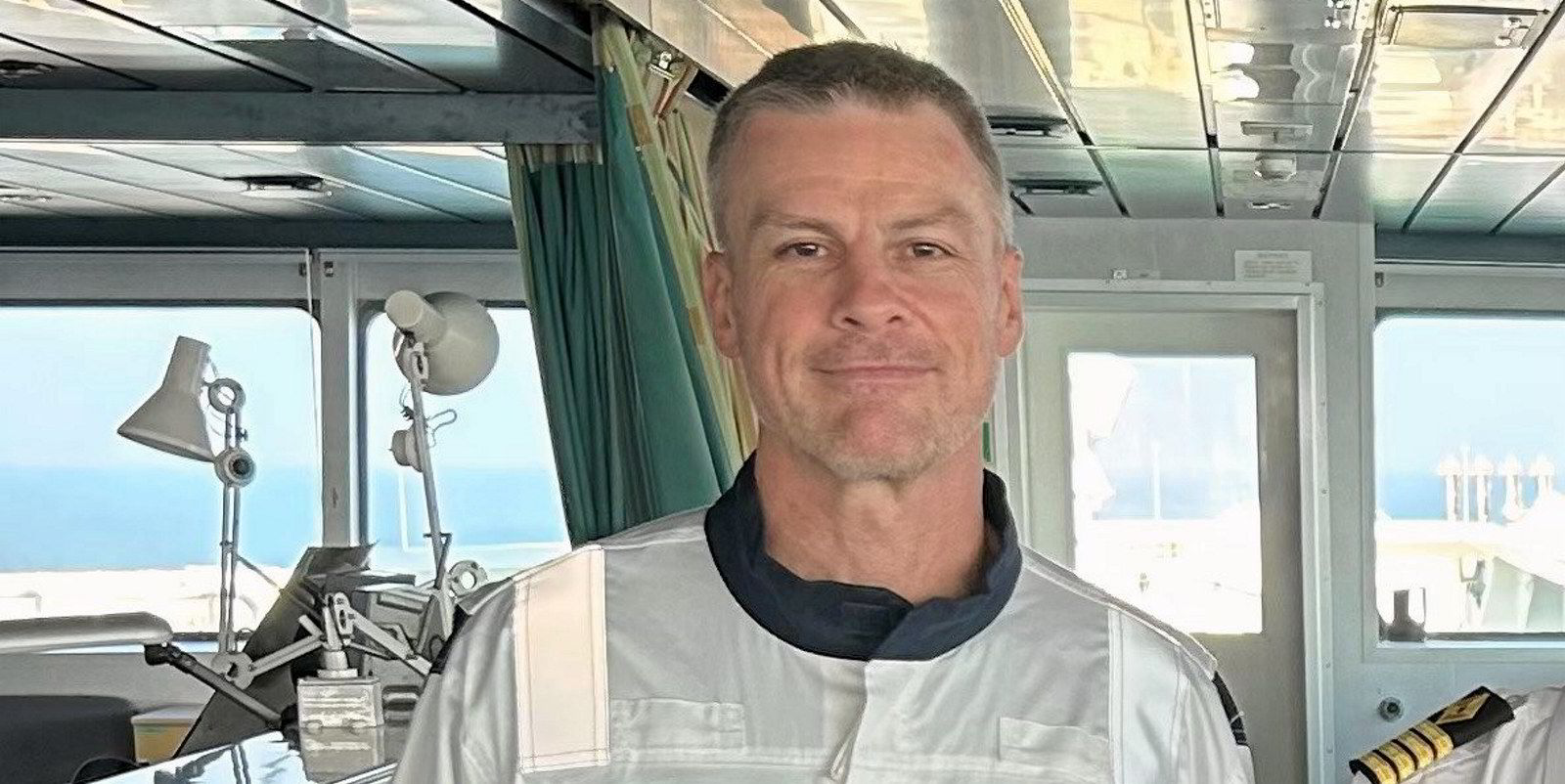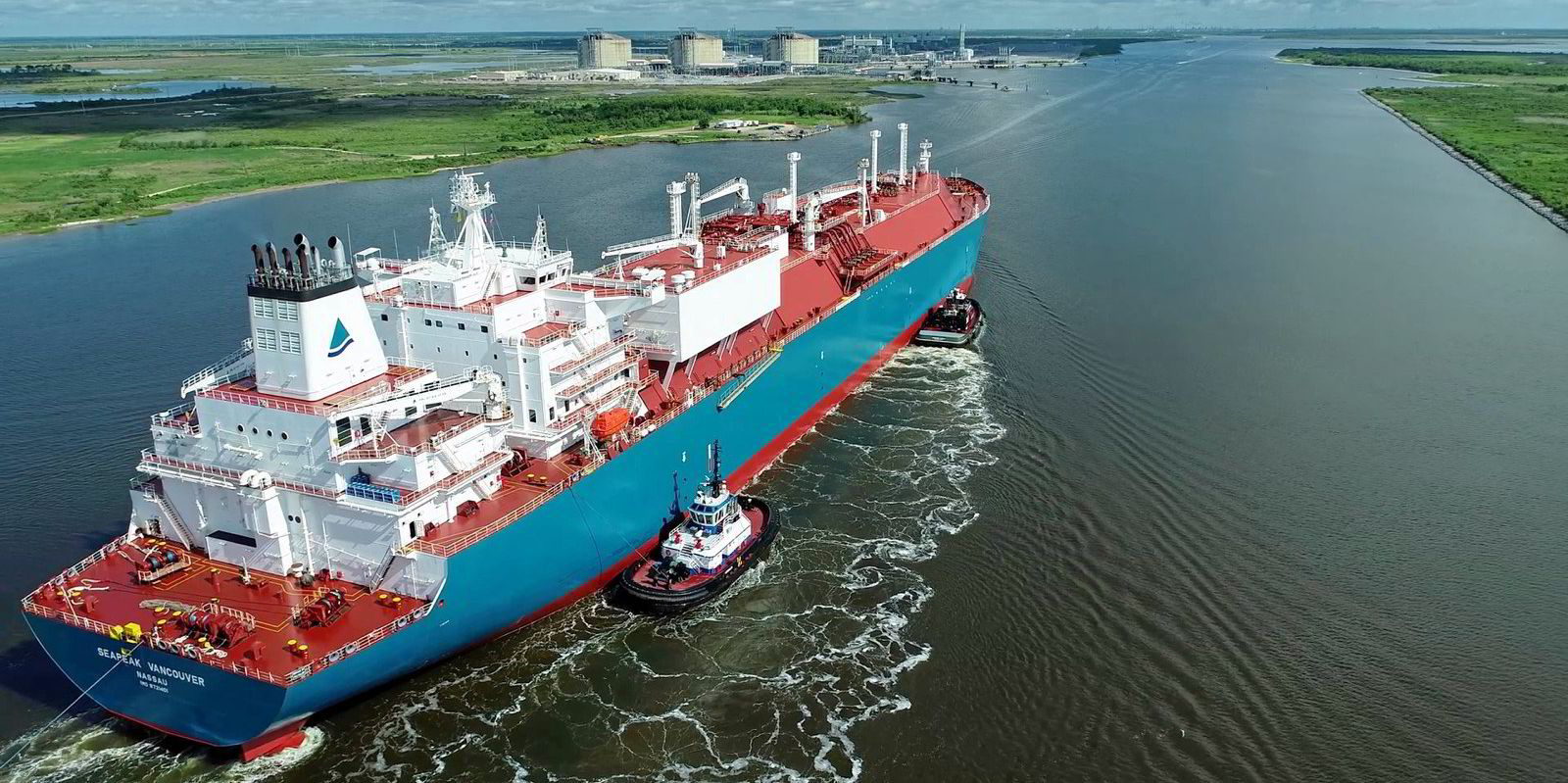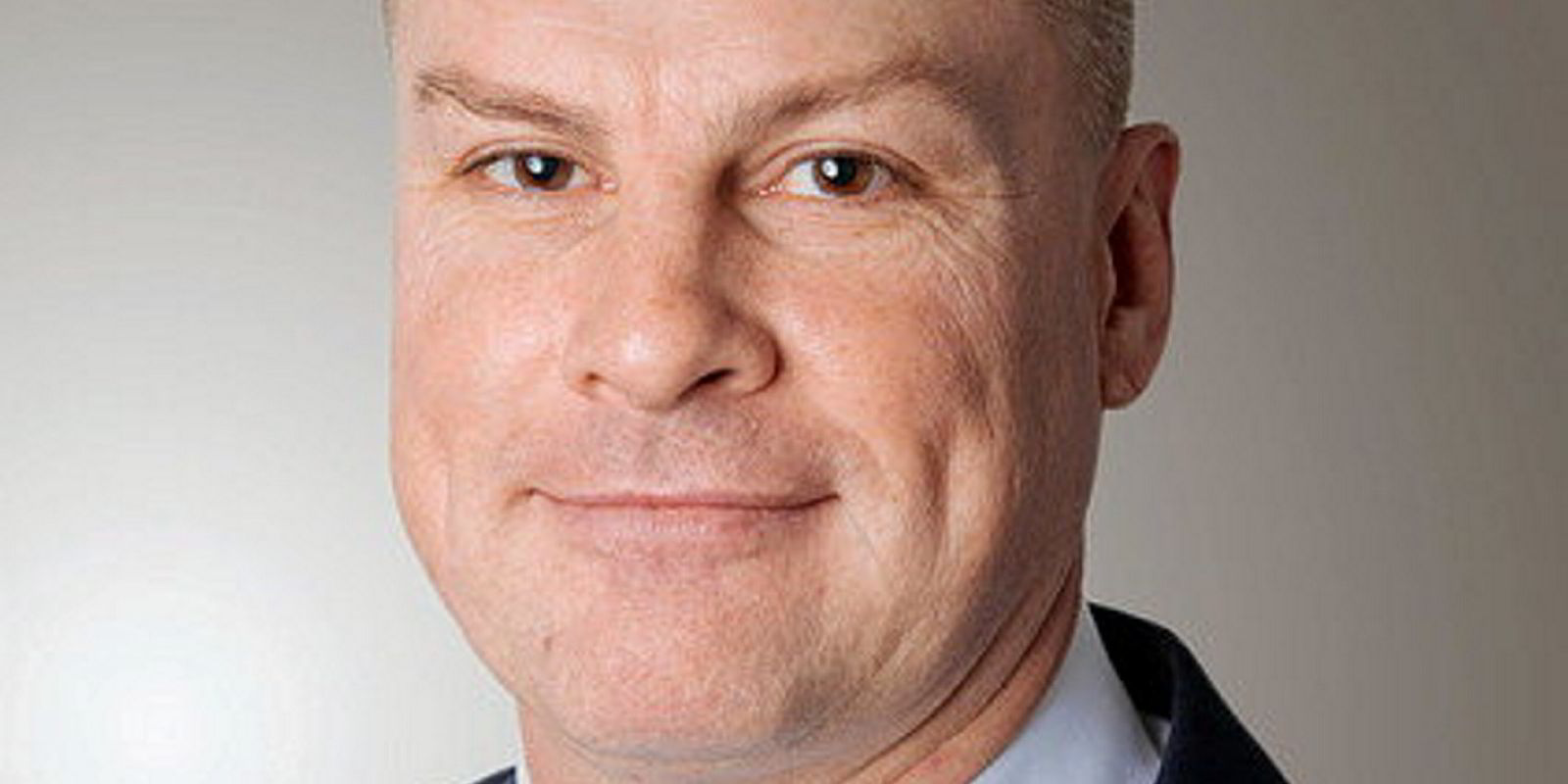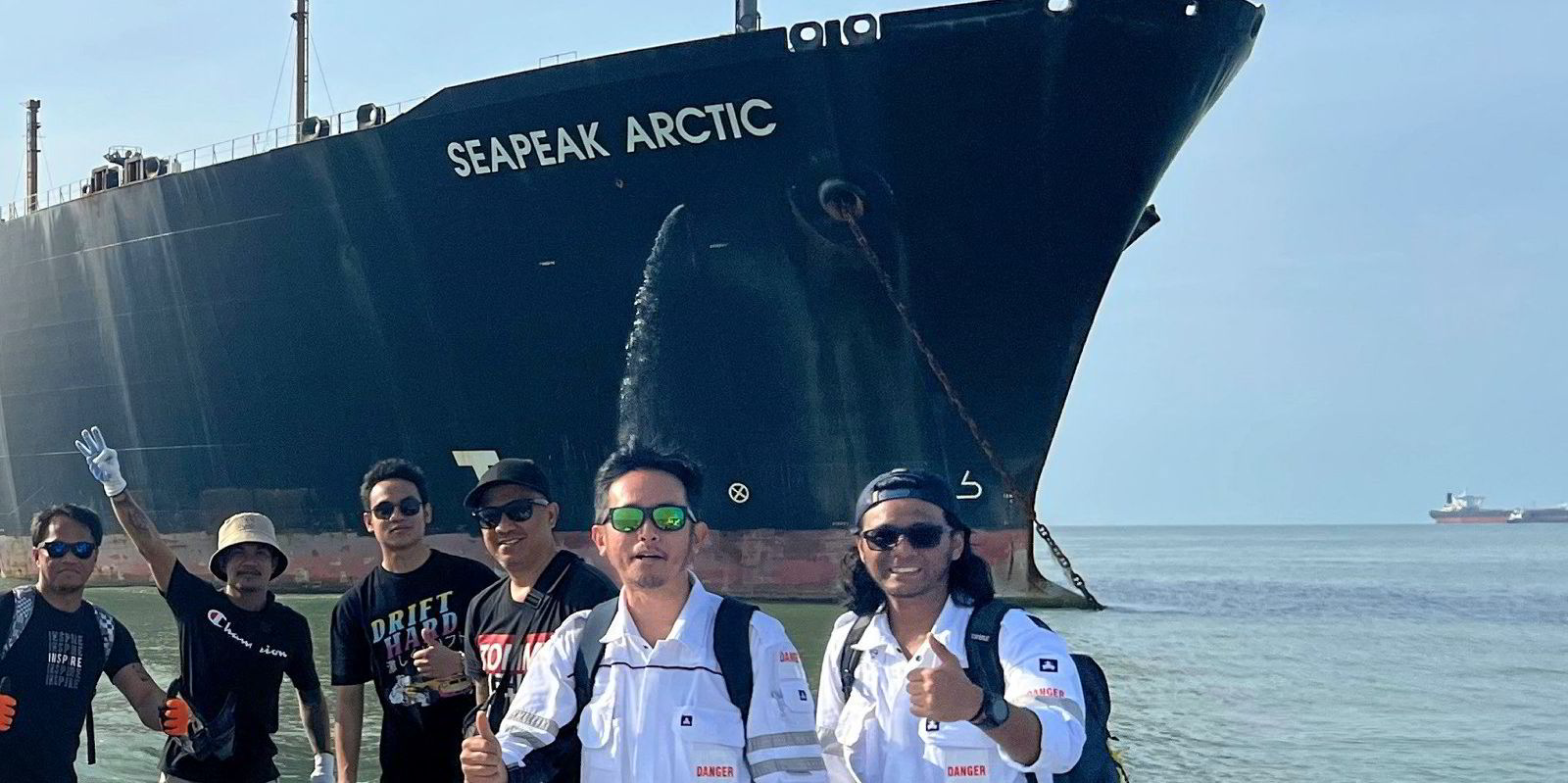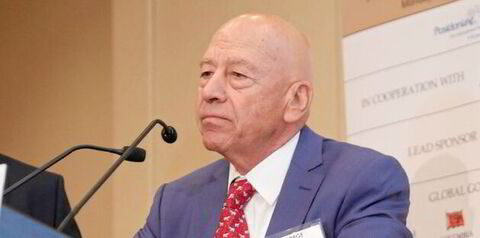LNG shipping-focused Seapeak has had a busy first 18 months under its new name and owner.
Formerly Teekay LNG, the company was bought by equity fund manager Stonepeak in January 2022.
Speaking to TradeWinds, Seapeak president and chief executive Mark Kremin admitted he was a bit nervous about the shift to being controlled by private equity — Stonepeak has more than $50bn under management — but described it as having been “a delight” so far.
He said in its first year under Stonepeak the company committed to more than $2bn-worth of growth, which was “very different” from what it would have done under its previous Teekay family ownership. “Growth capital is absolutely there so that’s a big difference,” he said.
Kremin said the outlook is now also more macro and he enjoys not having to report on a quarterly basis as Teekay LNG did as a public company.
Today, Seapeak boasts about 90 ships, including 47 LNG carriers, but Kremin said that over 80% of the company’s business revenue comes from LNG. “That’s our focus for the most part,” he said.
In that first year as Seapeak, the company ordered five LNG carrier newbuildings fitted with ME-GA propulsion systems booked against 10-year charters with ExxonMobil interests.
Kremin is up front that the company lost out on a first-round batch of charters and was not expecting a second one but was “excited” to get another opportunity.
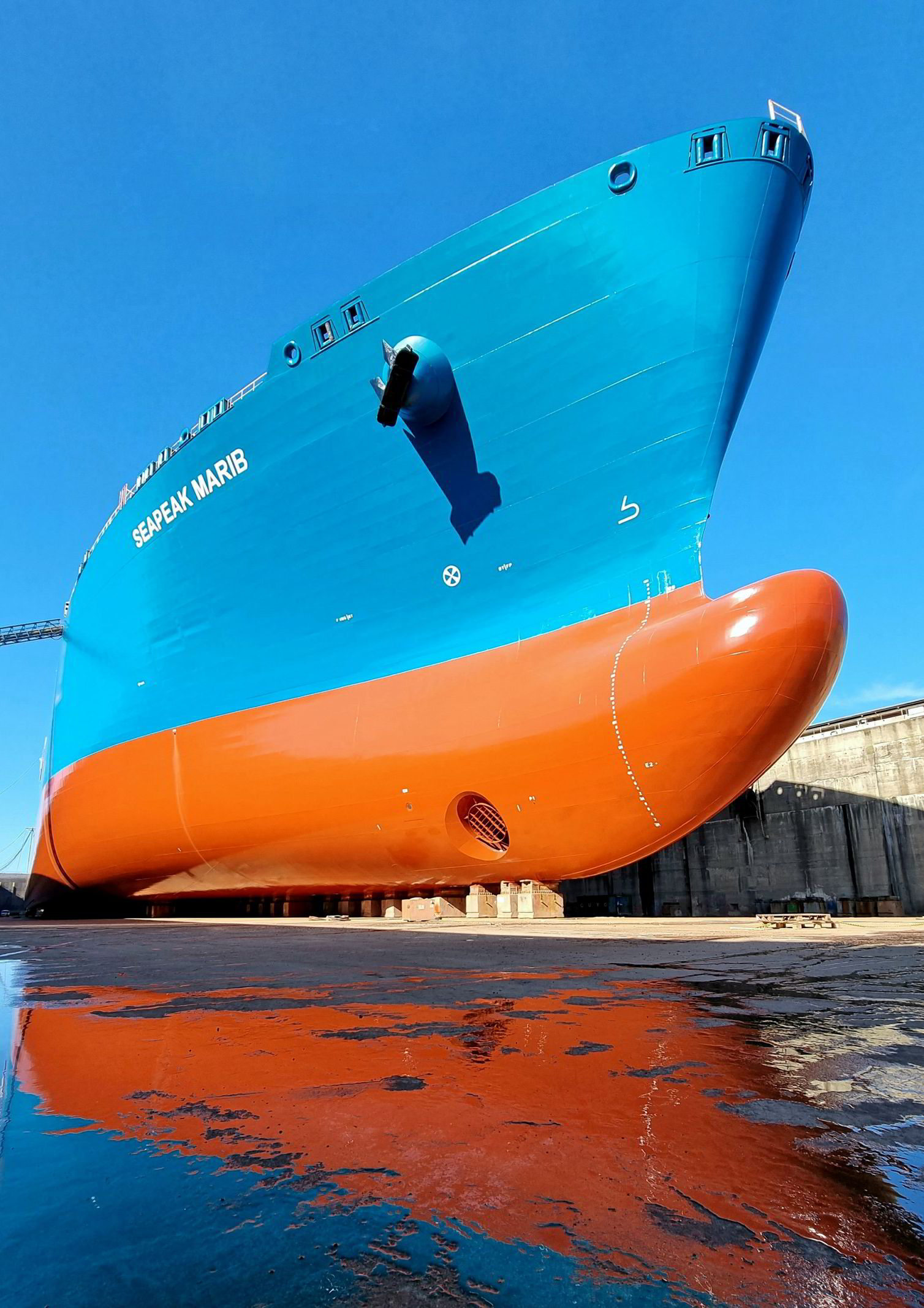
The newbuilding slots assigned to the company were priced at about $215m at a time when yard prices were in the region of $250m per ship and have since risen by a further $10m.
“We take less residual risk when there is an energy major that has slots on order at that price,” Kremin said.
The company also participated in German energy company EnBW’s recent tender for LNG carriers until “pretty close to the end”.
Kremin said Seapeak’s model for fleet development is to secure long-term contracts that will give the company more modern and greener ships rather than picking up acquisitions, and expects that to be a “big part” of what the company does over the next few years.
Kremin namechecks a few that he expects to come to the market for shipowners.
“Everyone is watching Qatar,” he added, “and that will be of interest to us,” musing that it will be interesting to see the final price agreed between the shipyards holding pre-reserved slots and QatarEnergy.
At the opposite end of the age spectrum, Seapeak is also sitting on eight steam turbine LNG carriers.
The company has been upgrading its vessels, with Kremin mentioning the addition of ballast water treatment systems as “the big-ticket items”, which had to be done.
But he said the company has not had to consider its next steps for its steamships yet as they are almost all chartered out.
“100% of our fleet is booked out this year and 95% next year and the year after,” he said.
For the steamships, the actual rates and utilisation of the vessels, both this year and in 2022, have exceeded those forecasts.
Kremin said sale-and-purchase pricings have also been better than Seapeak would have thought at this point, which may justify the dry-docking spends that others are considering. But he said these are not something which needs to come across the company radar just yet, although Seapeak will start talking about it in 2024.
There is one ship, however, that the company will be assessing this year — the 89,880-cbm Seapeak Polar (ex-Polar Spirit, built 1993).
Seapeak set the tone at the start of this year by selling its sister ship Seapeak Arctic (ex-Arctic Spirit, built 1993) for green recycling in India at a yard compliant with the Hong Kong International Convention for the Safe and Environmentally Sound Recycling of Ships.
When TradeWinds spoke to Kremin, the sister ship Seapeak Polar had been newly redelivered by its charterer TotalEnergies and the chief said the company was planning to reposition it east to find trade before deciding whether to spend cash on the vessel’s dry-docking.
But shortly after this Seapeak confirmed it had also sold this vessel for scrap.
At the start of June, the demolition process on the first vessel, the Seapeak Arctic, was about 11% complete.
Technically, the vessel is no longer Seapeak’s but Kremin confided that he receives a weekly detailed report from recycling company Priya Blue Industries and said the company is taking a “very active” role with representatives in India to oversee the job.
The two LNG carriers were built with type-B aluminium cargo tanks. Kremin admitted that the scrapping pictures are “a little bit heartbreaking” in that the first cargo tank appears to be in “absolutely pristine” condition.
“These vessels reach an age — in this case 30 years — and they’ve got more life but the propulsions have changed and the size just does not cut it anymore, but certainly some of these ships could go longer if the trade was there,” he said.
He has not found the green recycling route complex. “I think it’s the minimum an owner should be doing frankly.”
